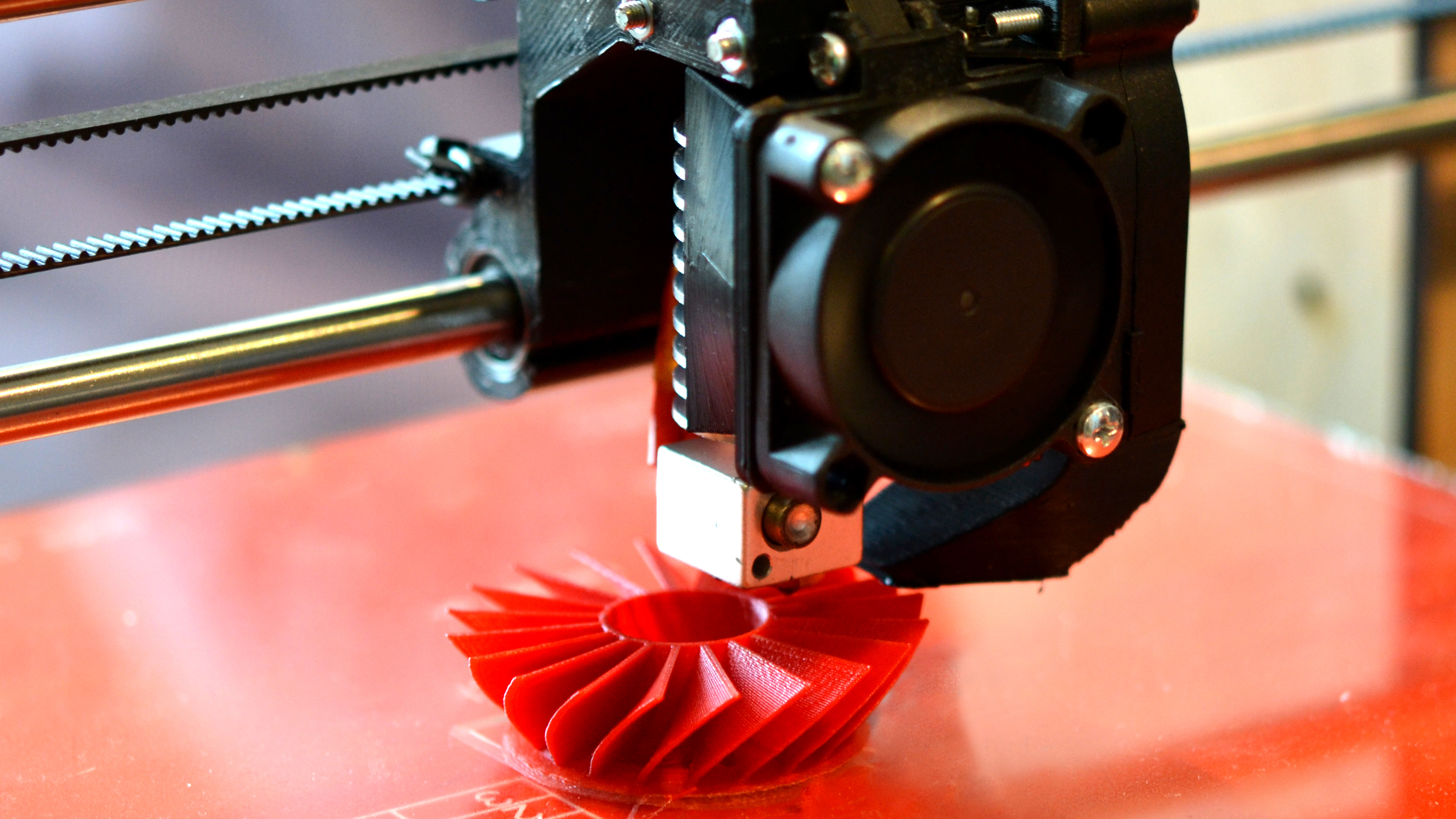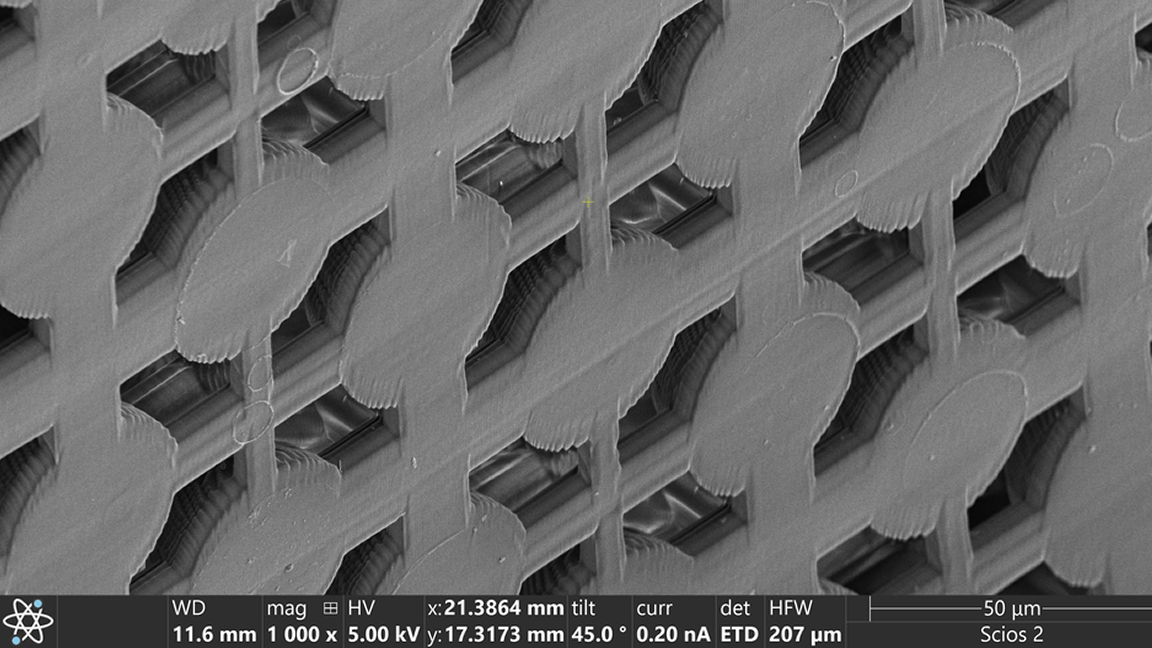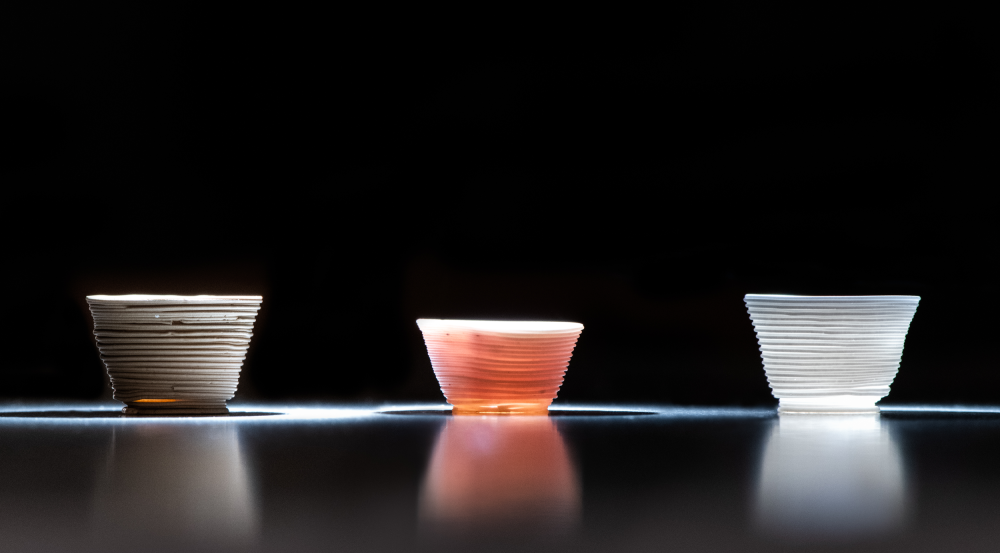We’ve seen 3D printers that can print some strange materials—one of our favorites being a chocolate 3D printer. That said, we have never come across one that can 3D print organs. At least, not until today, when we discovered that scientists from the University of Hong Kong in China are experimenting with technology to 3D print functional organ tissue.
SCMP shared a post detailing the ins and outs of the development, featuring Professor Michael Chan from the team. According to Chan, the researchers have developed a system that involves organ tissue that isn’t just 3D printed but also lab-grown. Combining the two, along with a little help from a custom organoid, ensures a lower chance of rejection for the patient.
Chan explains that 3D printed biomaterial isn’t entirely new, but it can’t perform the right function without cells pertaining to the organ it’s replacing. That’s where the team’s organoid embedding comes into play. These organoids are created using stem cells from the patient to ensure not only function but also genetic compatibility.
You may like
-
![]() 3D printed structures 10 times thinner than a human hair
3D printed structures 10 times thinner than a human hair -
 Cyclist with ‘devastating injuries’ one of the first patients to receive 3D-printed face repair
Cyclist with ‘devastating injuries’ one of the first patients to receive 3D-printed face repair -
![]() MIT researchers crack 3D printing with glass
MIT researchers crack 3D printing with glass
These organoids, sometimes referred to as “mini organs”, are created with a simple oral swab that gets enough material to start a cultivation. The biggest challenge Chan shared was in finding a method for embedding the organoids into the 3D-printed airway. They can be used to test whether or not the patient is potentially allergic to medication before it’s administered.


